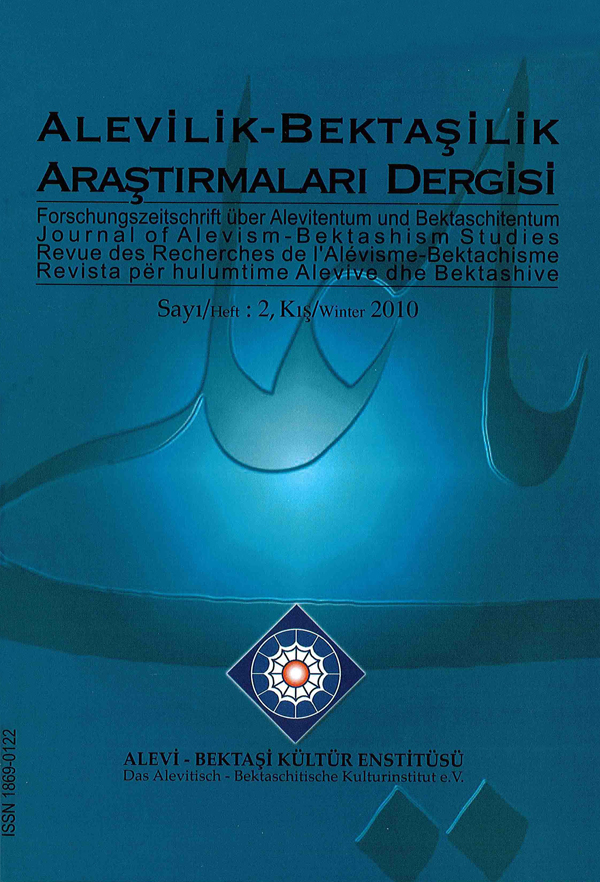Samples For The Holy Symbols In Bektashi Clothing
DOI:
https://doi.org/10.24082/abked.2010.02.002Keywords:
keywordAbstract
One of the most important characteristics of human beings is the ability to symbolize. This talent has a great effect on their communicating and socializing. By using this talent to collect data and transfer it to the future generations, man has also created a rich heritage which is called 'culture'. In every cultural section in this cultural heritage, there have been two areas one of which is 'beyond perception' that is called 'tran- scendent' (aşkın), and the other is the one that can be perceived and interpreted, and it is called 'immanent' (içkin). Even though the immanent area transforms some parts of the transcendent area at their intersection points, the transcendent area has always preserved its presence by reaching for eternity. Transcendent area is 'holy area', and a contact with this area cannot be done frivolously, it has some rules and taboos. Religion is a term related with holy areas. For man, it is related with the transcendent one. That's why, the people who work at a religious area, or who practice religious activities (like praying) sometimes experience contact with the transcendent area by obeying some rules. Religious clothes are special tools which have symbolizing characteristics just for the sake of contact with the holy area. They are called 'libas-I fahire'. In this article, we dealt with some holy clothes and jewellery, and tried to tell their meanings. By doing so, we also aimed to show how powerful is the clothing-oriented holy symbols in conveying messages from ancient cultures to the present.
Downloads
Downloads
Published
How to Cite
Issue
Section
License
Copyright (c) 2010 Journal of Alevism-Bektashism Studies

This work is licensed under a Creative Commons Attribution-NonCommercial-NoDerivatives 4.0 International License.








